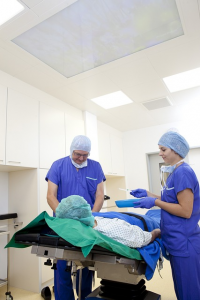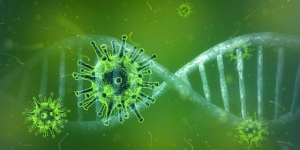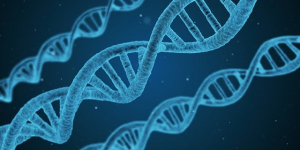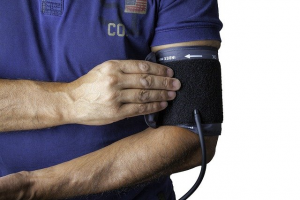All-cause mortality, cancer mortality, and cardiovascular disease mortality are all three significantly associated with selenium status in the blood. Higher selenium status correlates with lower mortality risk. In particular, the inverse relationship with all-cause mortality was strong among different study populations in different countries and in different study regions. The inverse relationship was strong with different selenium measurement methods, with different study recruitment years, and with different study sizes and study follow-up lengths [Cui 2025].

These are the conclusions from a systematic review and meta-analysis of 20 observational studies that enrolled 67,534 study participants. The studies included 17 studies of all-cause mortality, 7 studies of cancer mortality, and 9 studies of cardiovascular disease mortality. The review shows that a concentration increase of one standard deviation in serum or plasma selenium biomarkers was associated with 13% lower all-cause mortality, 15% lower cancer mortality, and 11% lower cardiovascular mortality [Cui 2025].







 This conclusion is based on an analysis of data from 929 individuals diagnosed with hypertension [Tan 2021].
This conclusion is based on an analysis of data from 929 individuals diagnosed with hypertension [Tan 2021].